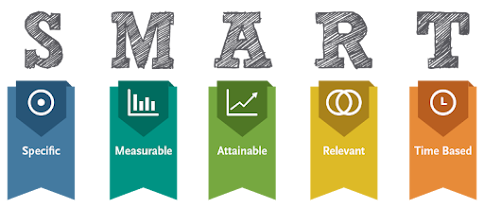Week 2_Reflection on ABCD Objective
After today's lesson on the ABCD Objective, I realized the importance of standard "Objectives" in curriculum design. Previously, learning objectives were often overlooked by both teachers and students. I mistakenly thought objectives were mainly for teachers. However, I now understand that learning objectives are crucial for both teachers and students. They guide teachers on what to teach and inform students on what they need to achieve.
Despite studying supporting documents beforehand, my group struggled to determine correct learning objectives using the ABCD model. Mr. Nam and Ms. Khanh Linh carefully prepared the objectives following the document's instructions. However, I identified some issues and provided constructive feedback for potential adjustments. Although I pointed out the flaws, I couldn't offer immediate solutions. After group discussions and listening to moderators, I realized that determining "Behavior" and "Degree" is more challenging than "Audience" and "Conditions." At this point, Bloom's Taxonomy becomes useful, as it suggests dynamic verbs to encourage active thinking.
To deepen my understanding of objective construction, I researched other models and found the SMART objective model to be a valuable reference. Here is an explanation of the SMART model:
The acronym "SMART" stands for Specific, Measurable, Achievable, Relevant, and Time-bound. This framework helps ensure that objectives or goals are concrete and trackable, which can lead to more effective planning and execution in various contexts, such as project management, personal development, and education. Here’s what each component of the SMART acronym entails:
Specific: The objective should be clear and specific to provide enough detail so that there is no ambiguity about what is expected. It answers the questions of who is involved, what needs to be accomplished, where it will happen, and which resources or limits are involved.
Measurable: The objective should have criteria for measuring progress and completion. This makes it possible to track progress and know when the objective has been achieved. Measurable objectives answer the question of how much, how many, and how will I know when it is accomplished.
Achievable: The objective should be realistically attainable given the available resources and time. This encourages people to set challenging yet feasible objectives. Achievable objectives require you to assess what resources, skills, and time are necessary and whether you have access to them.
Relevant: The objective should align with broader objectives, making it relevant and applicable to the person's or organization's needs. It should matter to the business or individual and address a core initiative.
Time-bound: The objective should have a clearly defined timeline, including a starting date and a target date. The purpose is to create urgency and prompt priority setting. This helps in preventing everyday tasks from taking priority over longer-term objectives.



Nhận xét này đã bị tác giả xóa.
Trả lờiXóaThis is a great reflection on how the lesson on ABCD objectives made you realize their importance for both teachers and students. You used to think they were just for teachers, but now you understand they guide what teachers should teach and what students need to learn.
Trả lờiXóaIt's interesting that your group struggled at first to write the ABCD objectives, even with the instructions. But through discussions, you learned that the "Behavior" and "Degree" parts are more challenging than "Audience" and "Conditions." Using Bloom's Taxonomy can help with that.
Researching the SMART model was a good next step to further understand objective-setting. SMART stands for Specific, Measurable, Achievable, Relevant, and Time-bound - a helpful framework to make objectives clear, trackable, and realistic.
Overall, this lesson has significantly changed your perspective on the crucial role of well-crafted learning objectives for effective teaching and learning. The insights you've gained will really benefit your future work. 💕
I love your reflection because you show ur realization of the importance of the ABCD framework regarding building learning objectives.
Trả lờiXóaI also experienced the same struggle for understanding the ABCD framework just like your group. And you are right about the difficulties encountered when constructing the "Behavior" and "Degree". My group could identify these two elements but we actually failed to give accurate statements for them, so that you are not the only ones to struggle.
And initiating the SMART model is really a game changer. It works effectively to better teachers' ability to build learning objectives.